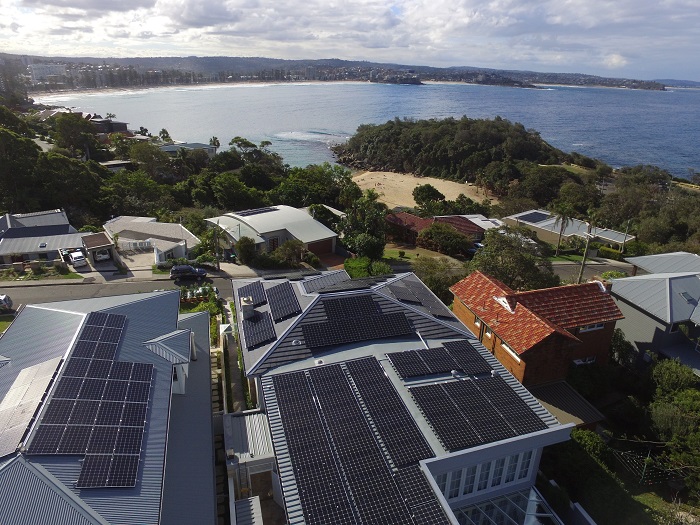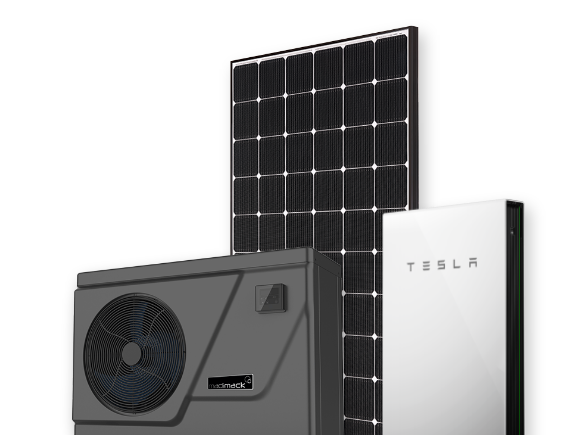
When installing a new solar system, one of the things to consider is the voltage rise that may occur due to the homes’ long thin cables. Voltage rise is the increase in voltage that occurs when electricity is transmitted over long distances. In the case of a solar system, the solar panels generate DC (direct current) electricity, which then needs to be converted to AC (alternating current) electricity for use in the home. This conversion is done by a solar inverter.
The problem arises when the AC electricity generated by the inverter is sent back to the grid. The long cables connecting the solar inverter to the grid cause a voltage rise, which can result in the voltage exceeding the acceptable limit. This can cause damage to electrical equipment in the home, as well as other homes on the grid.
To remedy this problem, the solar inverter needs to be export-limited. This means that the inverter is programmed to limit the amount of AC electricity that is sent back to the grid. By limiting the amount of electricity exported, the voltage rise is reduced, and the risk of damage to electrical equipment is minimized.
It’s important to note that only the exported solar is affected by limiting the solar inverter, and the losses are minimal. The electricity used within the home is not affected, as it is consumed directly by the household appliances. Therefore, export limiting the solar inverter does not affect the performance of the solar system just the amount of energy that is sent back to the grid.
Currently it is also more cost-effective for people to use as much as possible of the energy from their solar system themselves rather than exporting to the grid for relatively low feed in tariffs.
If you have concerns about voltage rise or want to discuss options to increase your own consumption with a battery for example give us a call.
